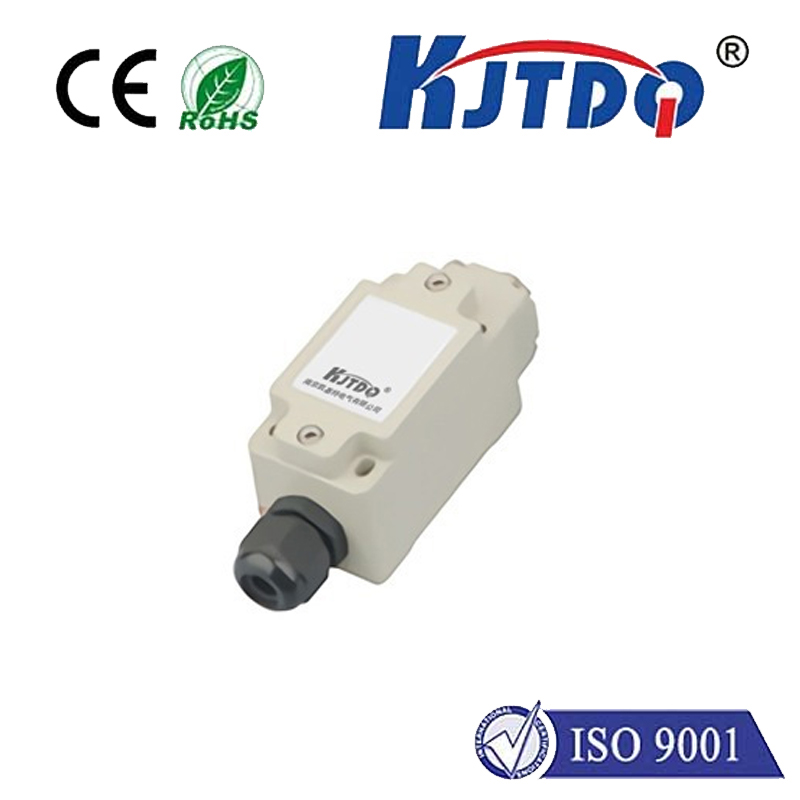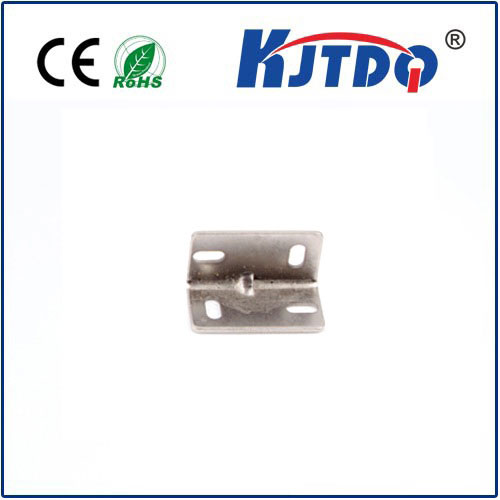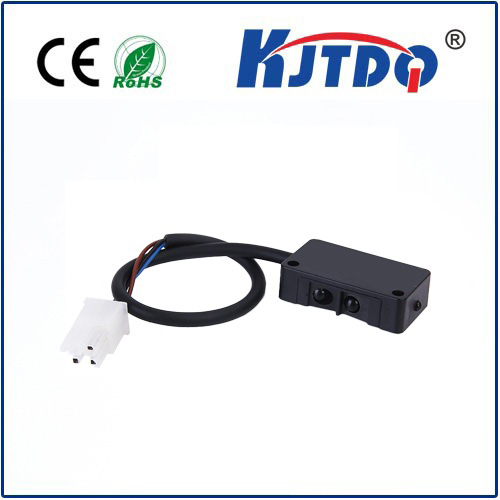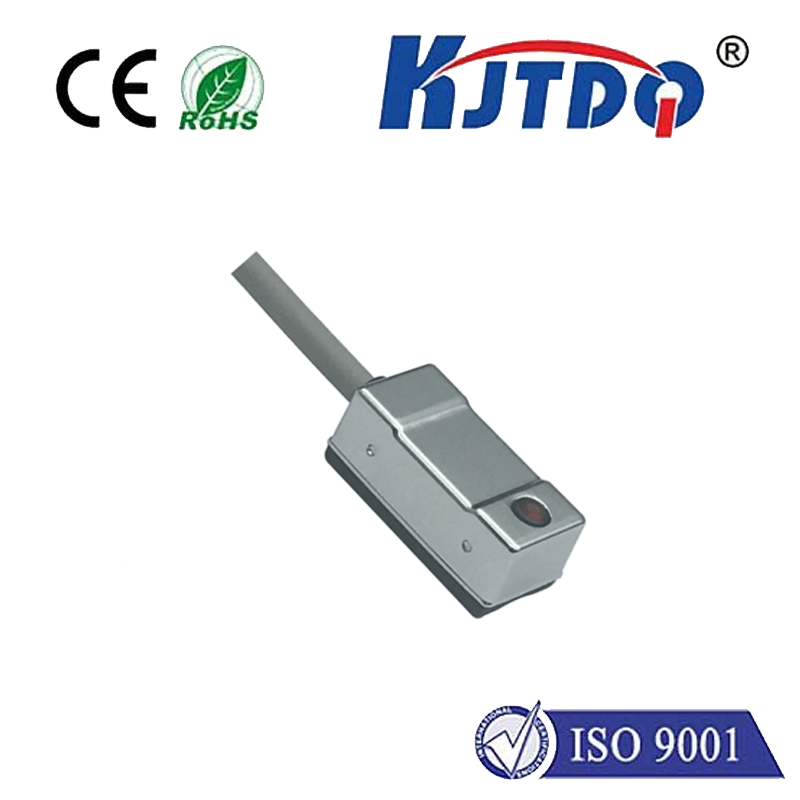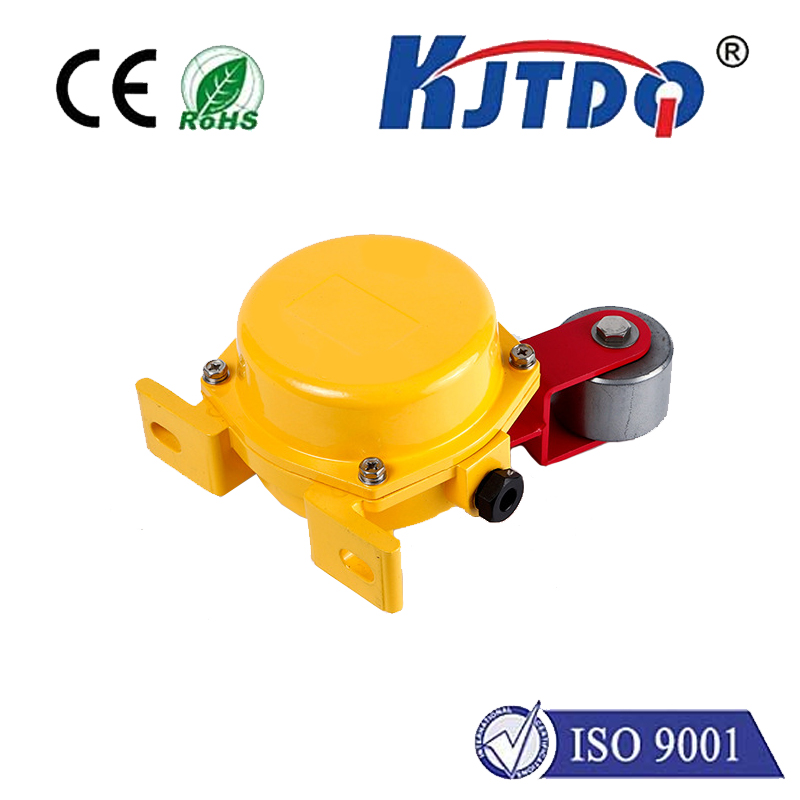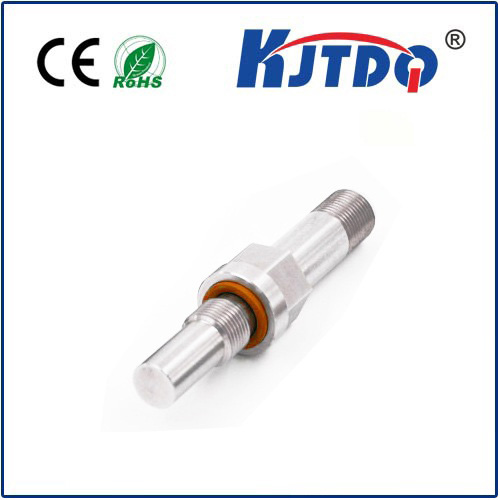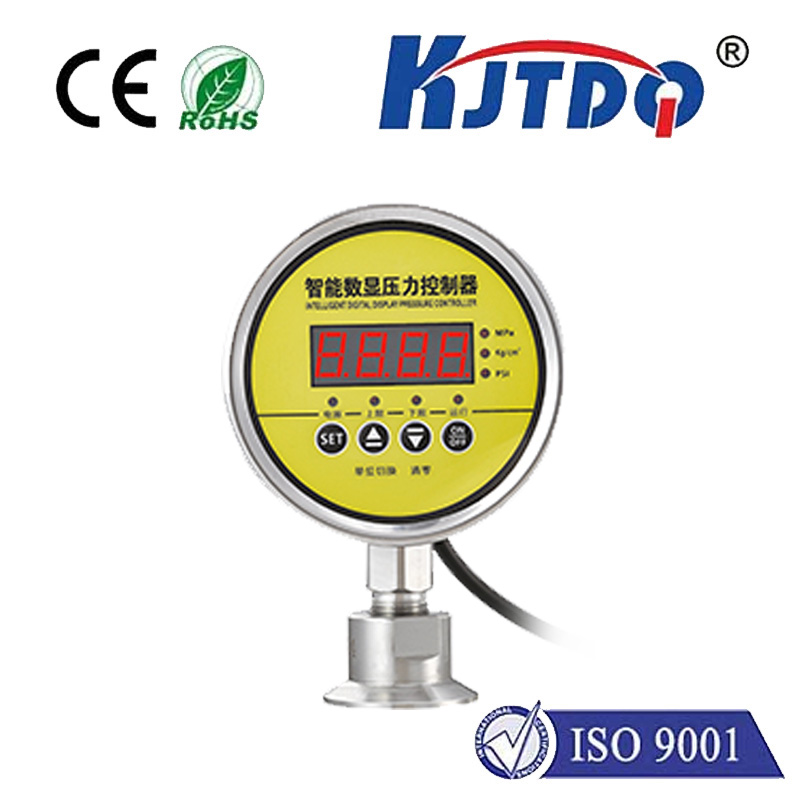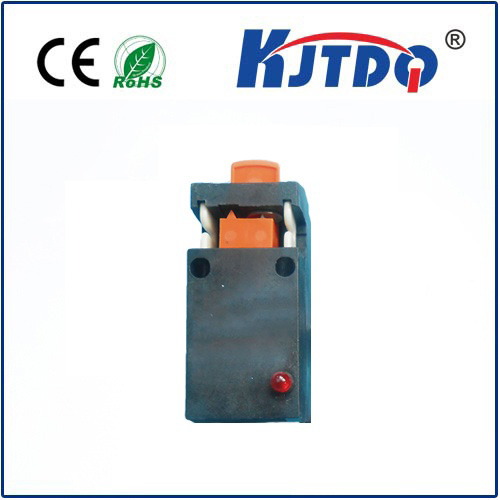
check

check

check

check
nalog Photoelectric Sensor: A Revolution in Detection Technology
As technology continues to advance, the need for more efficient and accurate detection methods becomes increasingly important. One such advancement is the analog photoelectric sensor, a revolutionary device that has transformed the way we detect and measure various physical phenomena. In this article, we will explore the workings of an analog photoelectric sensor, its applications, and the future potential of this innovative technology.
What is an Analog Photoelectric Sensor?
An analog photoelectric sensor is a type of device that uses light to detect changes in the environment. It operates on the principle of photoelectric effect, where light energy is converted into electrical energy. When light falls on the surface of the sensor, it generates a small electric current that can be measured and analyzed. This current is proportional to the intensity of the incident light, making it possible to accurately measure various physical properties such as distance, speed, color, and transparency.
Applications of Analog Photoelectric Sensors

The versatility of analog photoelectric sensors makes them suitable for a wide range of applications across different industries. Some common examples include:
1. Industrial Automation: Analog photoelectric sensors are extensively used in industrial automation processes to monitor production lines, detect obstacles, and ensure safe operation of machinery. They provide real-time feedback to control systems, enabling precise control over manufacturing processes.
2. Traffic Control Systems: In traffic management systems, analog photoelectric sensors play a crucial role in monitoring vehicle movement, counting cars, and managing traffic flow. They help improve road safety by providing timely information about traffic conditions to drivers and authorities.
3. Retail Industry: In retail settings, these sensors are used for item counting, inventory management, and anti-theft systems. They enable retailers to track product movements and prevent losses due to shoplifting or misplacement.
4. Medical Devices: In the medical field, analog photoelectric sensors are employed in various diagnostic tools and monitoring devices. They aid in measuring blood pressure, heart rate, and other vital signs, contributing to improved patient care and diagnosis accuracy.
Future Potential of Analog Photoelectric Sensors
The potential for further development and innovation in analog photoelectric sensor technology is immense. As researchers continue to explore new materials and designs, we can expect even greater sensitivity, faster response times, and broader spectral range capabilities. These advancements will open up new possibilities for their use in areas such as environmental monitoring, space exploration, and advanced robotics.
Moreover, with the integration of artificial intelligence (AI) and machine learning algorithms, analog photoelectric sensors can become even smarter and more autonomous. By analyzing data from multiple sources and adjusting their behavior accordingly, these sensors could lead to significant improvements in efficiency and safety across various industries.
Conclusion
The analog photoelectric sensor represents a significant milestone in detection technology, offering unparalleled accuracy and flexibility across diverse applications. Its ability to convert light into measurable electrical signals has revolutionized the way we monitor and control our environments. As research continues to push the boundaries of this technology, we can anticipate even more groundbreaking innovations that will shape the future of detection and measurement systems.


